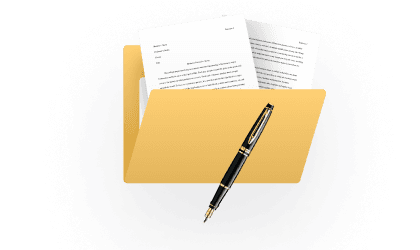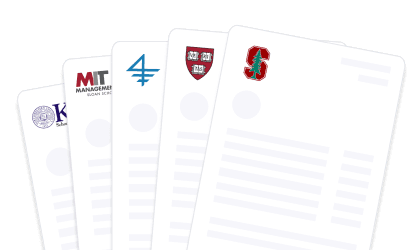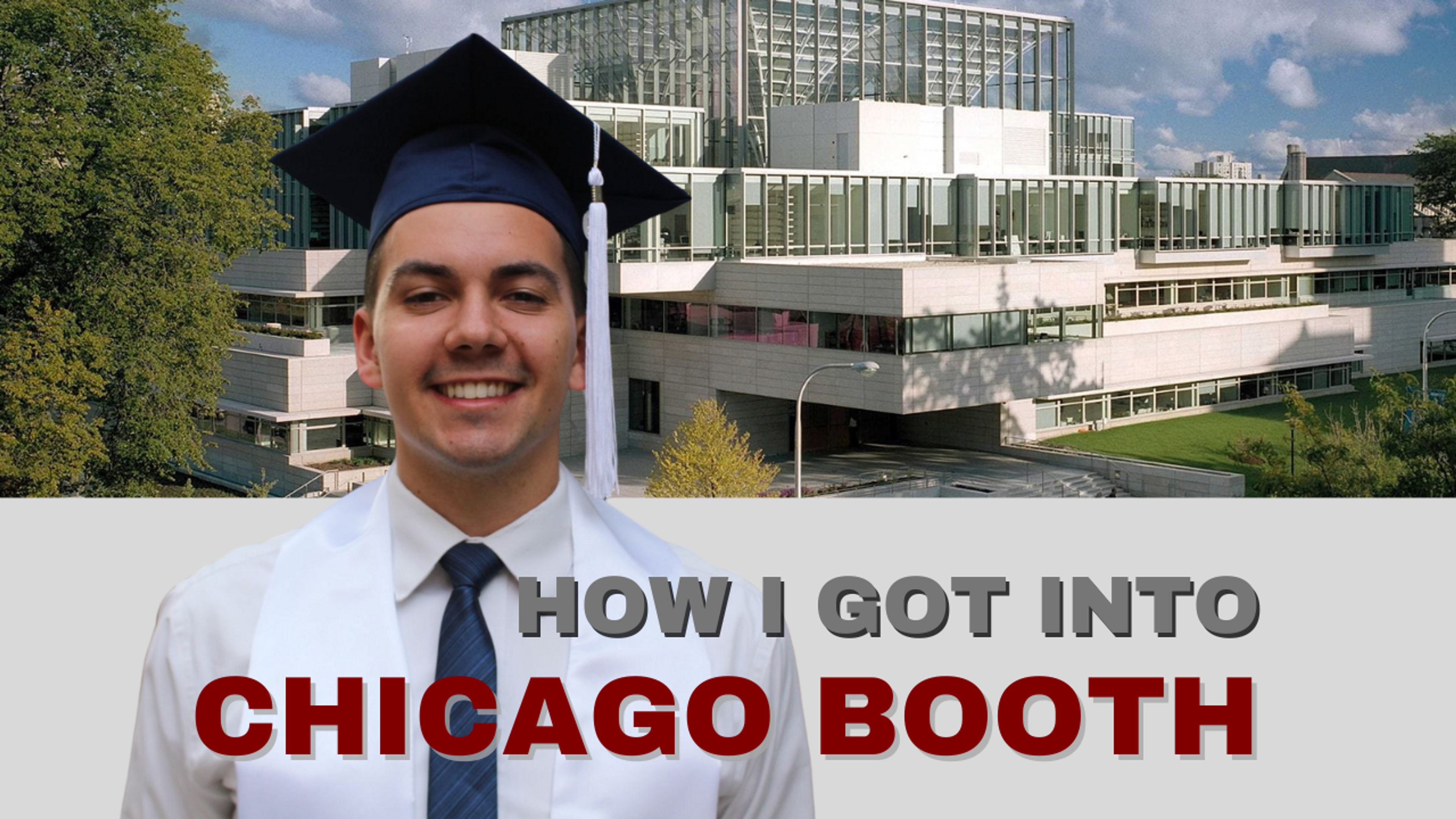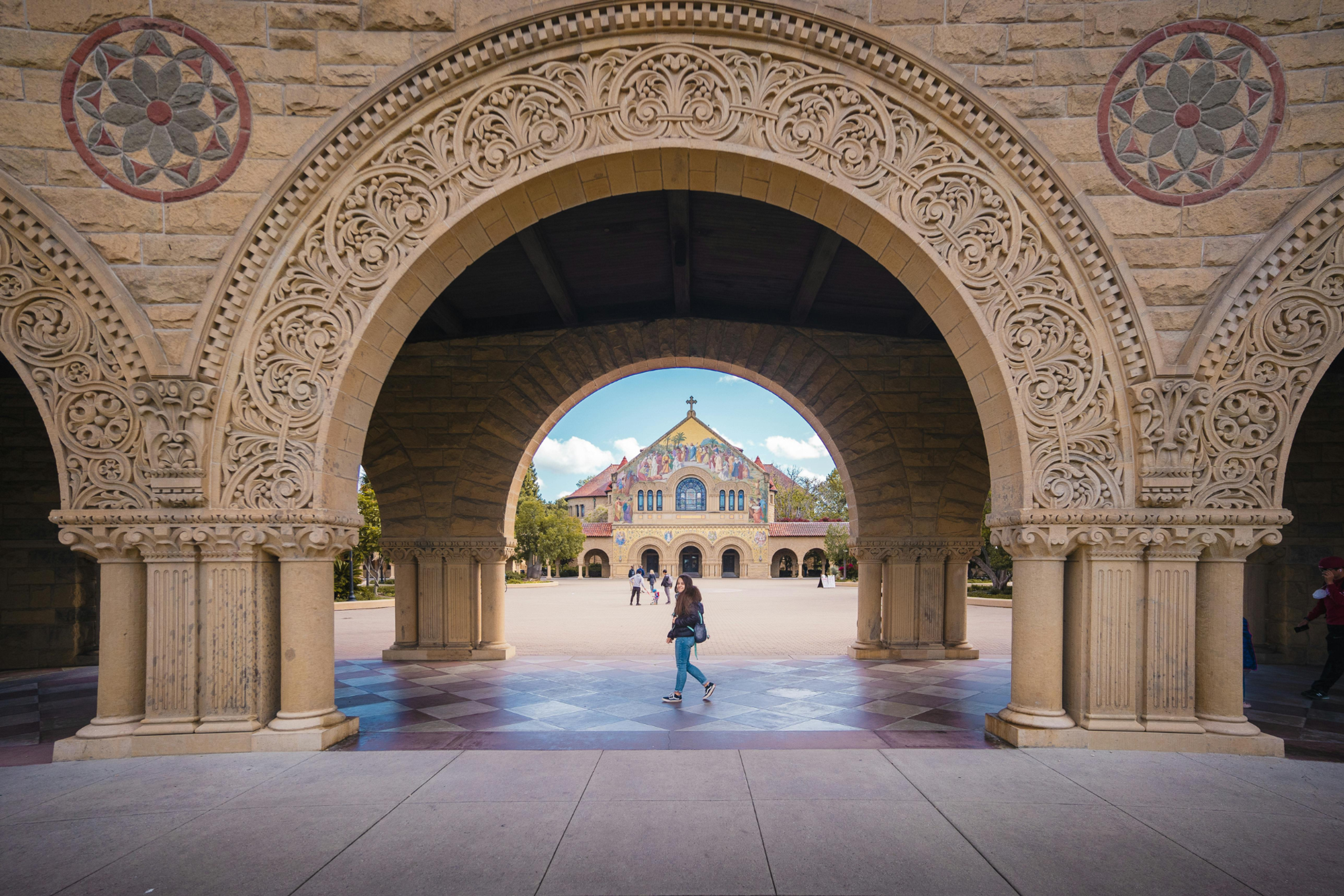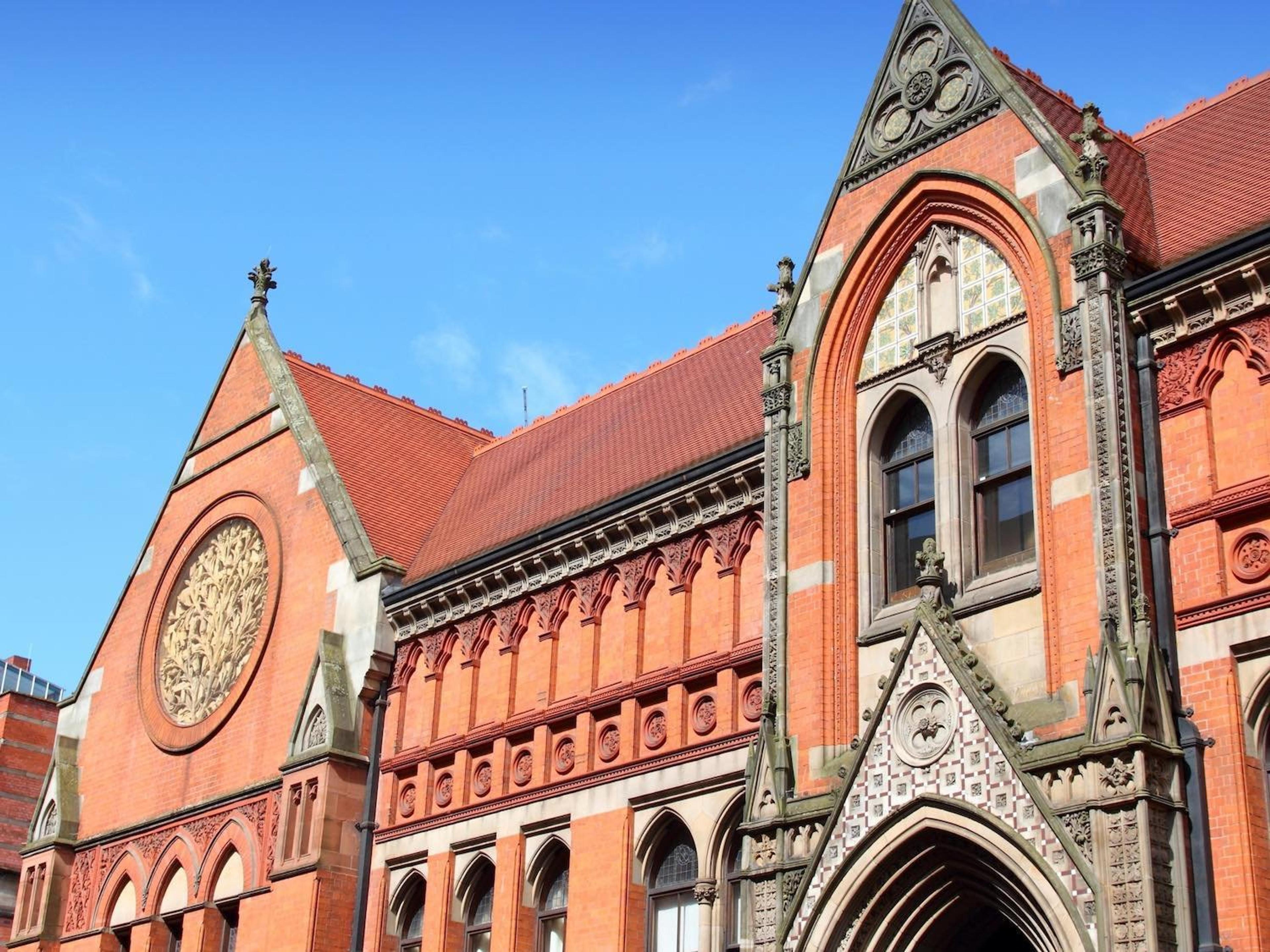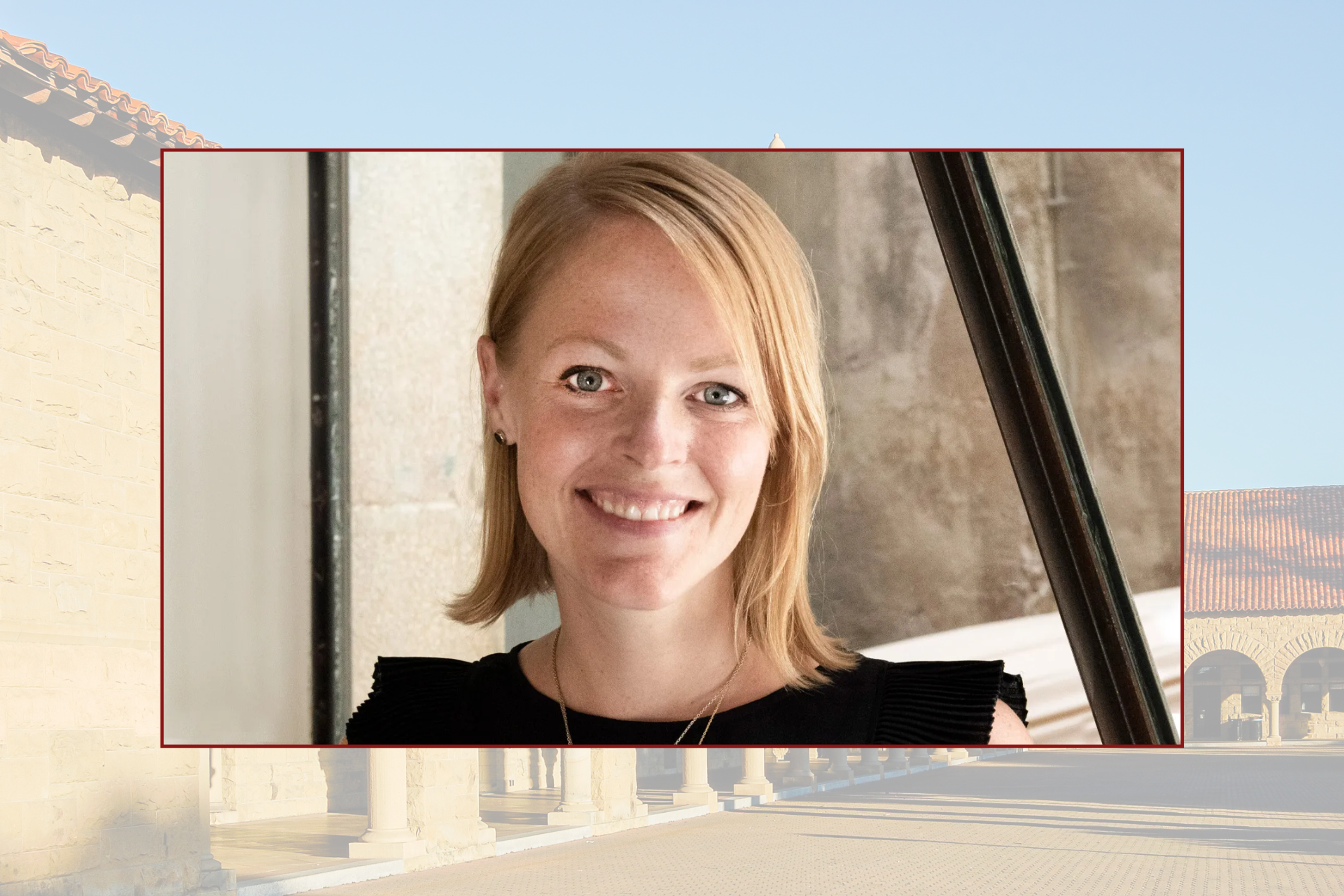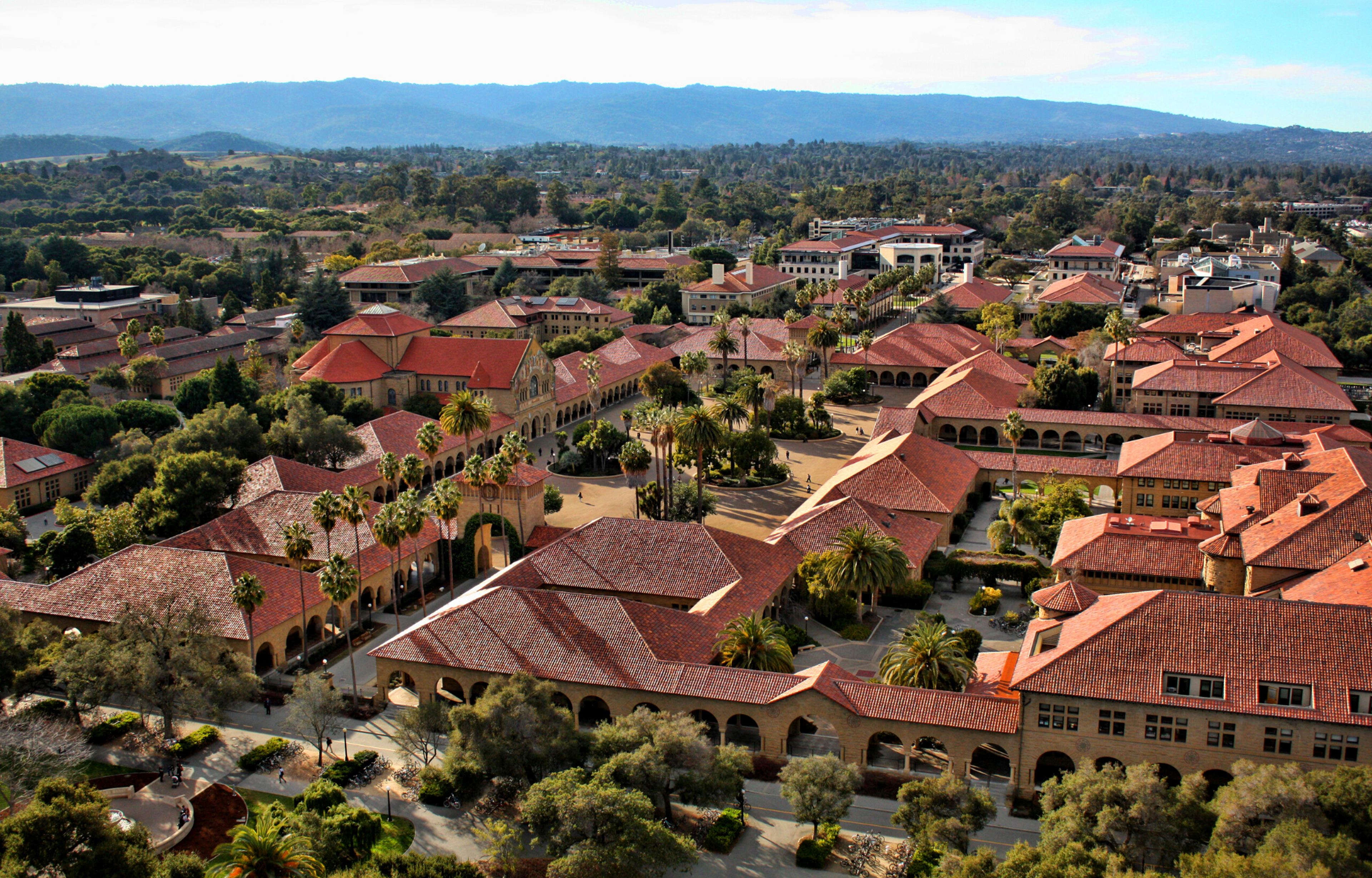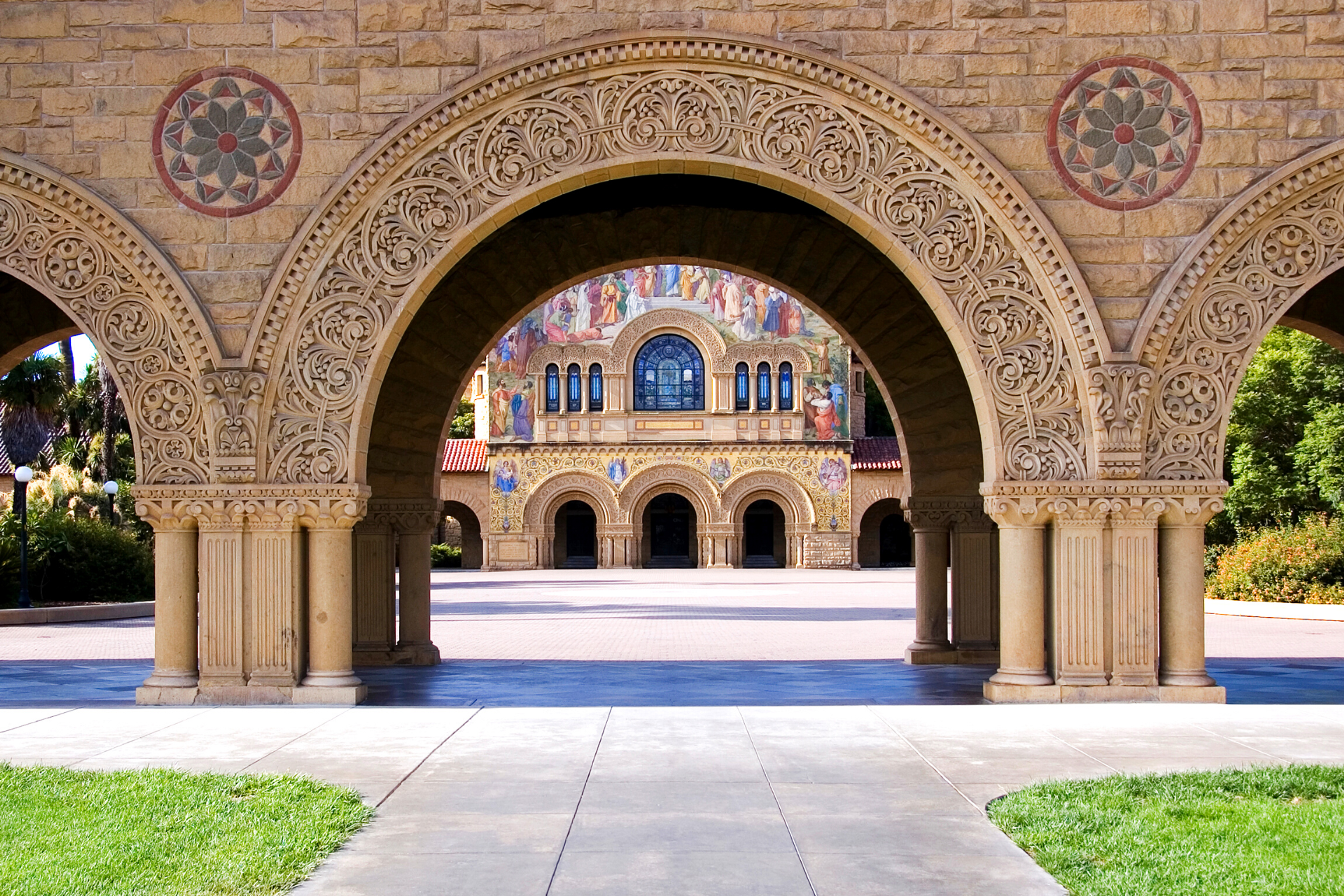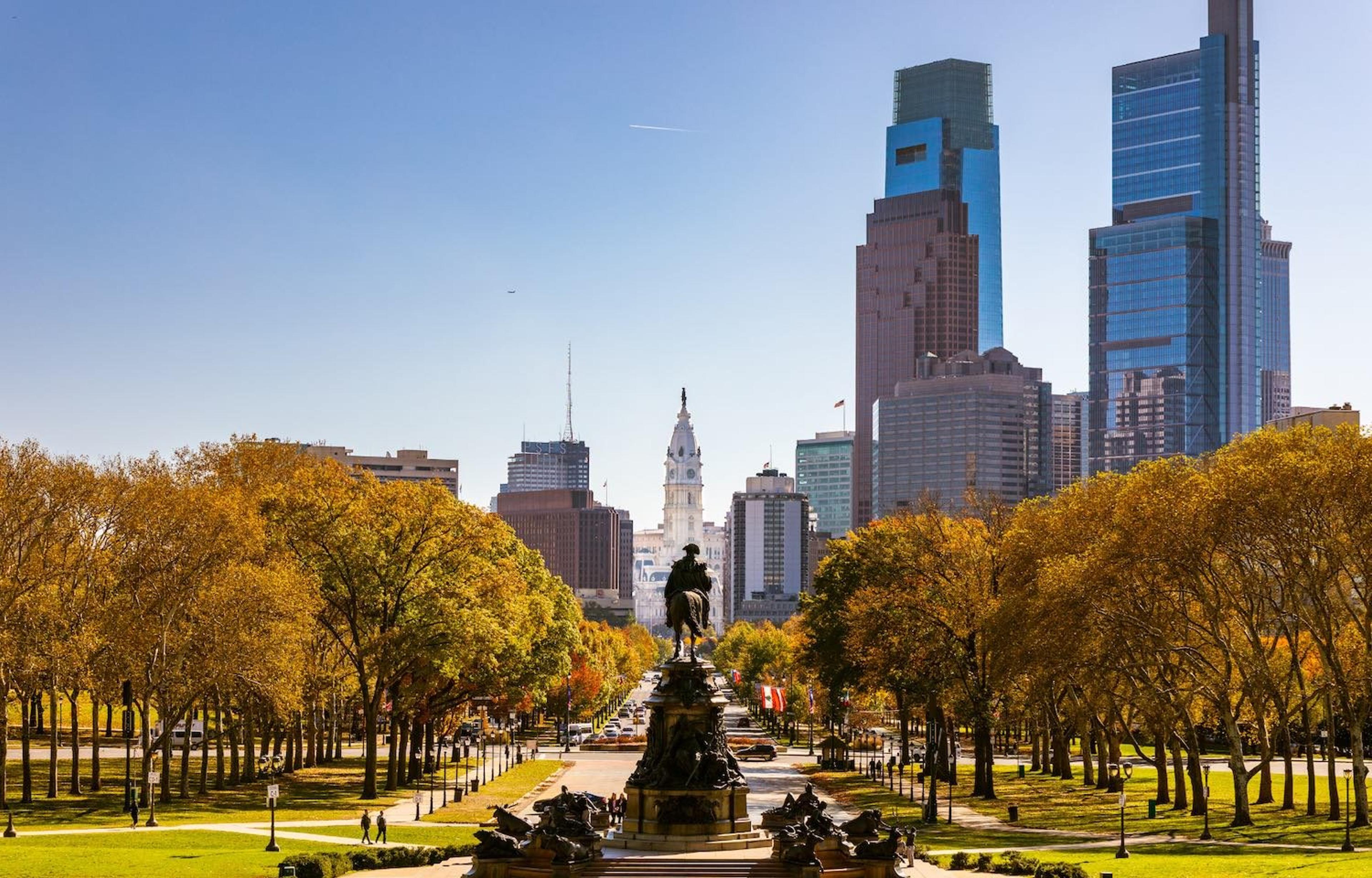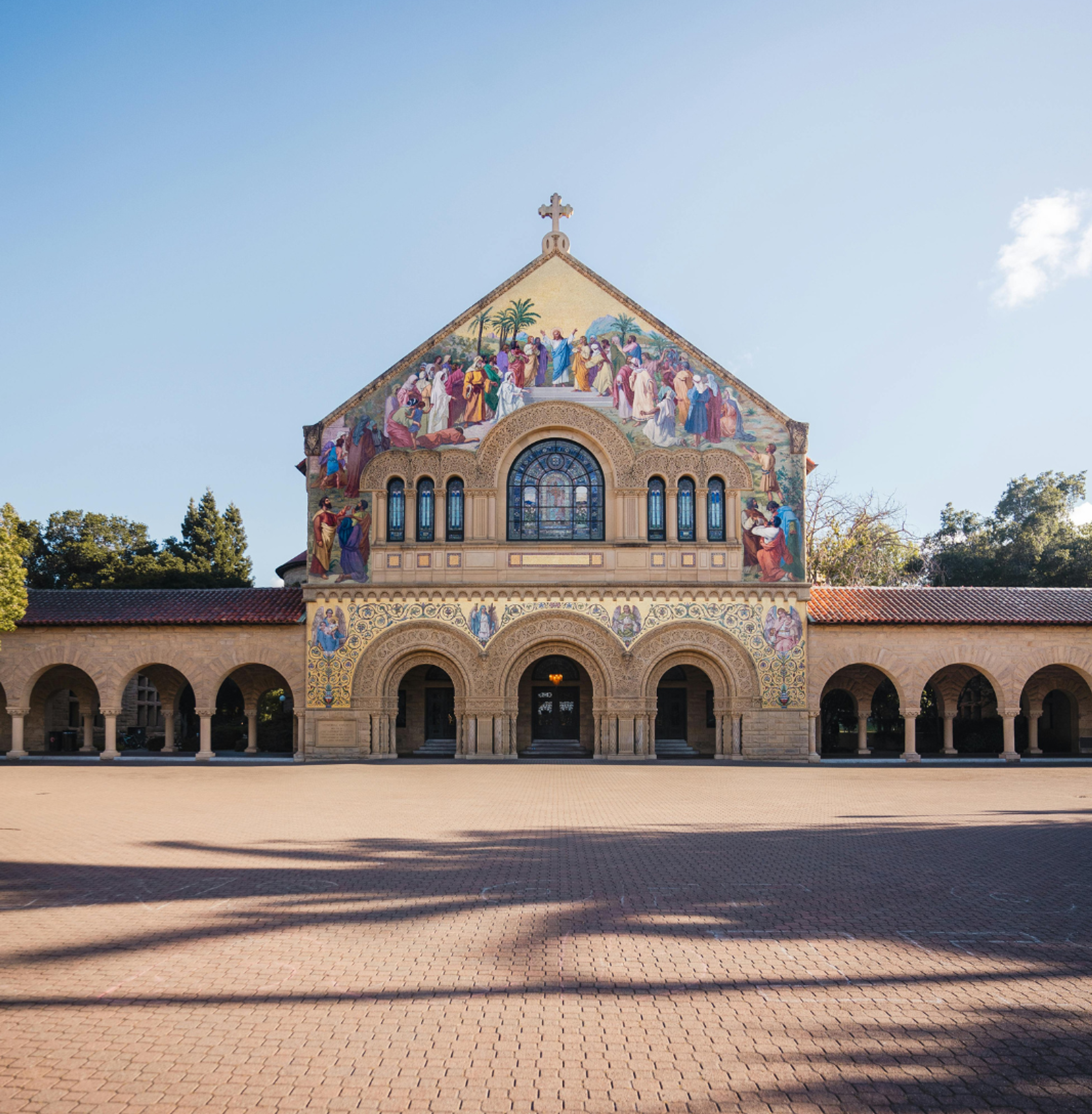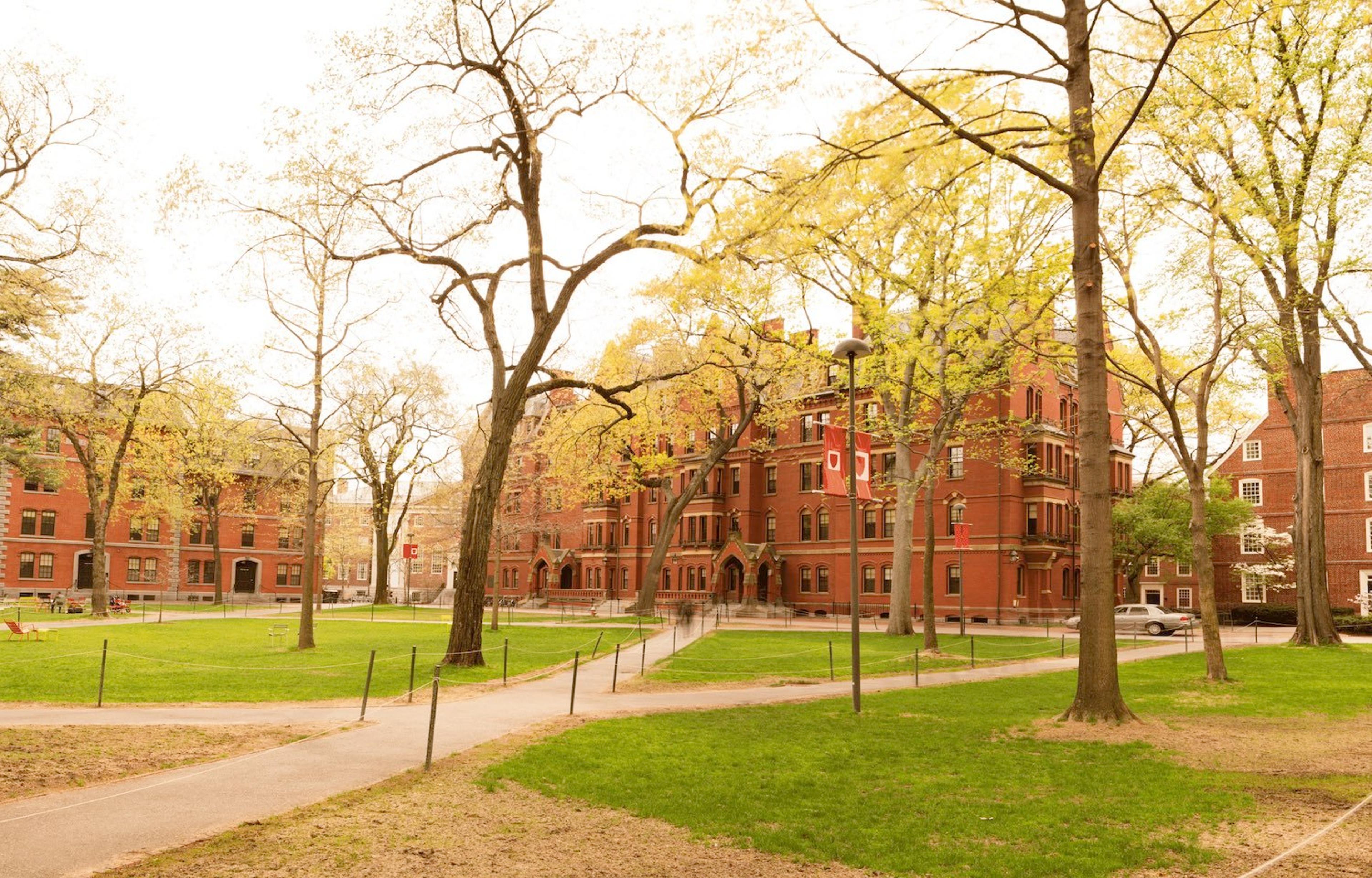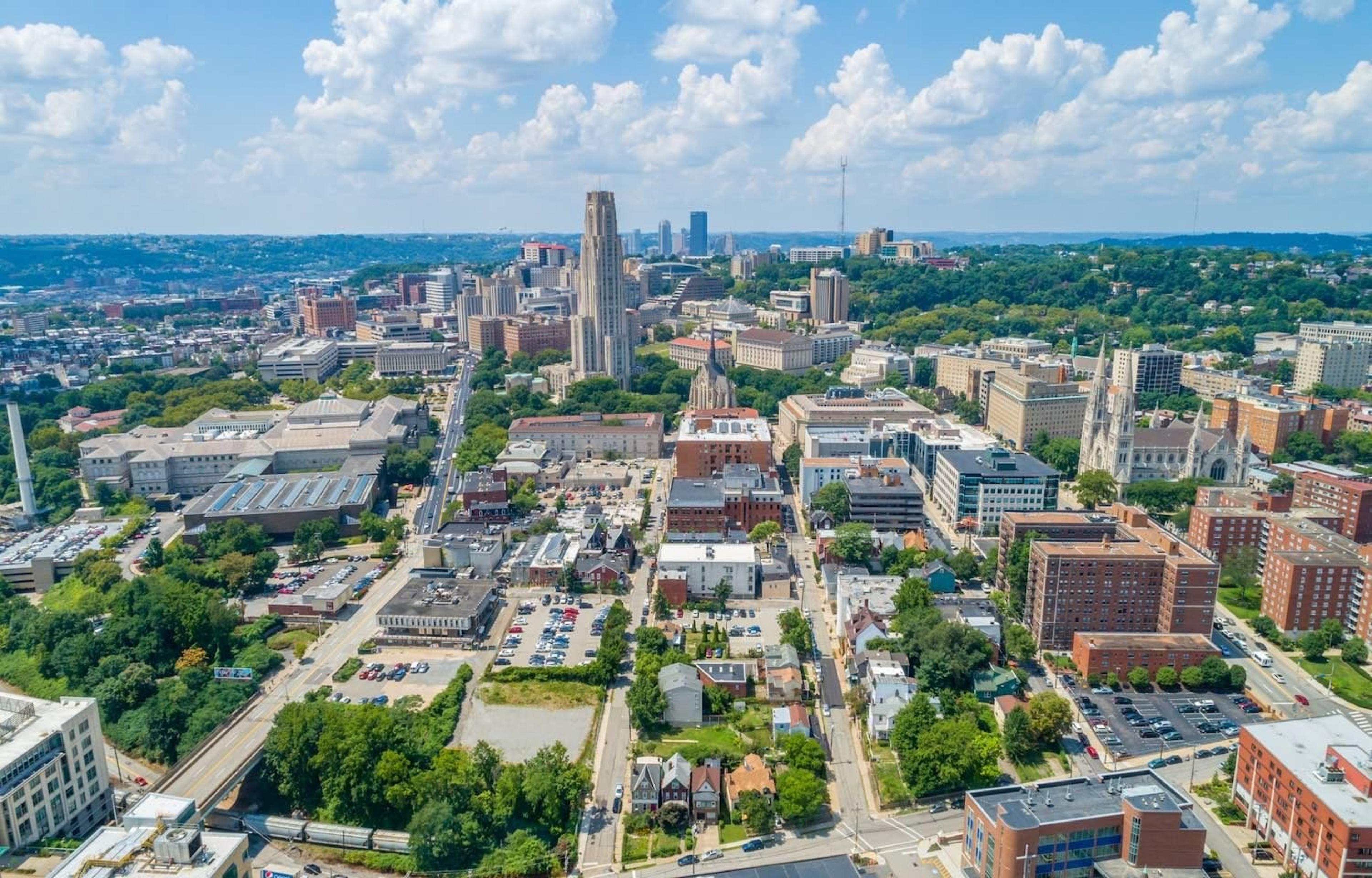How I Got Into Stanford GSB as a Deferred Applicant – An Interview with DJ Fernandez
An admit to Stanford GSB's deferred MBA program talks about his application, including the challenges, what made his story stand out, how to navigate the interviews, approaching the essays, whether to take the GMAT or GRE, and more.
Posted March 6, 2025
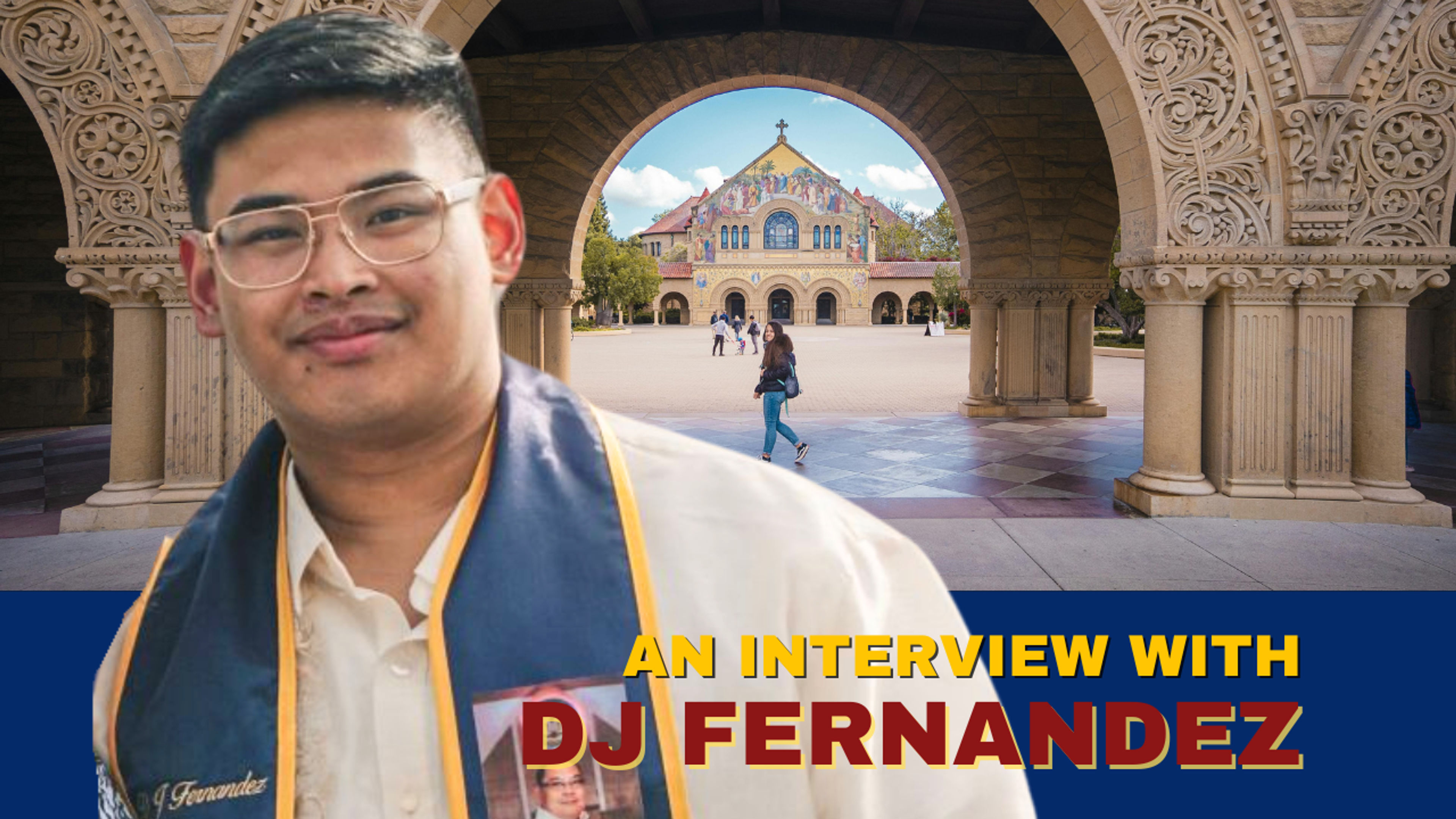
Table of Contents
Free Event

Featuring Melanie E.
How to Get a Head Start on Your MBA Application
Starting Wednesday, April 16
10:00 PM UTC · 60 minutes

Featuring Melanie E.
Introduction
From Community College To UC Berkeley Haas
My name is DJ Fernandez, and I was born and raised in the Bay Area. My path to higher education has been anything but traditional. As a first-generation college student, I began my academic journey at Chabot Community College in Hayward before transferring to UC Berkeley Haas School of Business on a full ride. Navigating this transition brought its own challenges, including a strong sense of imposter syndrome. I quickly realized that I wasn’t alone—many transfer students and first-generation students were experiencing the same struggles.
Starting My First Organizations
Networking at Berkeley was difficult, especially since many students already had established networks and were well-versed in the application processes for competitive fields like investment banking, consulting, and tech. To address this, I founded Core Consulting Group (CCG), an organization designed to support non-traditional students like myself. We provided professional workshops, hosted guest speakers, and took on consulting projects with clients such as Adobe, Tesla, and Apple. What started at Berkeley quickly grew to include over 120 members across universities like USC, Columbia, and Cornell.
My entrepreneurial journey didn't stop there. In my junior year, I suffered a life-threatening bike accident that nearly cost me my hand. Prior to the accident, I was a music major, a saxophonist, and a state-record-holding powerlifter. The accident forced me to give up these passions, but it also sparked the idea for my next venture.
During my recovery, I noticed inefficiencies in the physical therapy (PT) market, particularly how much time physical therapists spent on administrative tasks. This led me to co-found a startup that developed an electronic medical record system, reducing the administrative workload by 66%. This venture even attracted angel investment, marking another milestone in my entrepreneurial career.
Why a Deferred MBA? Why Stanford GSB?
Stanford was the only business school I applied to, and my motivation evolved significantly over time. Initially, I was driven by the prestige, but I soon realized that the leaders I admired most, especially those from Stanford, were not only intellectually brilliant but also highly empathetic. I want to be that kind of leader—one who leads with both IQ and EQ.
Another key factor was my desire to stay in the Bay Area to be close to my family. As the eldest of four children raised by a single mother, I wanted to remain a present figure in their lives.
Read: Stanford GSB — MBA Program & Application Overview and The Different Types of MBA Programs—and Which One is Right for You
Navigating the Deferred MBA Application Process
How I Approached My Stanford GSB Application
I didn’t start my application until three and a half weeks before the deadline, which made for a very stressful process. I had to balance getting my test scores, securing recommenders, and writing essays, all while pulling several all-nighters.
Despite the tight timeline, I spent significant time on my essays, particularly because my test scores were lower than I’d hoped. I worked closely with Dione, a coach on Leland, who helped me refine my application, prepare for the interview, and guide my recommenders.
Read: The Ultimate MBA Application Guide (2024)
GMAT vs. GRE: My Experience and Advice
Having taken both the GMAT and GRE, I found the GMAT to be more challenging quantitatively, while the GRE was tougher on the verbal side. I ultimately submitted my GRE score because I scored higher on the verbal section, which aligned better with my background as a "poet" vs. “quant.” My advice to other applicants is to take practice tests for both exams and focus your preparation on the one where you perform better.
How to Tackle Stanford’s MBA Essays
Stanford GSB is known for its challenging essay prompts, particularly "What matters most to you and why?" and "Why Stanford?" I tackled these by blending my past, present, and future aspirations. My focus on resilience—drawing from my family's history, my personal challenges, and my entrepreneurial ventures—allowed me to craft a narrative that tied directly into why Stanford was the perfect fit for my goals.
Read: 3 Things You Need for Successful Stanford MBA Essays and Craft a Powerful Essay for Stanford GSB: What Matters Most & Why?
Securing Strong Letters of Recommendation
Given my tight timeline, choosing recommenders was a challenge. I selected my manager from KPMG and a sports management professor for whom I had TA'd. Dione helped me create a recommender package that highlighted specific qualities I wanted them to address, such as problem-solving and strategic orientation. My advice to future applicants is to start early and ensure your recommenders can provide detailed insights into your strengths.
Read: How to Get the Perfect MBA Letter of Recommendation—With Examples and MBA Recommender Questions and Criteria for the Top 10 Business Schools
Preparing for the Stanford GSB Interview
My interviewer was a fellow Berkeley alum, and we immediately bonded over our shared experiences in the Bay Area. Stanford typically does a good job of matching interviewees to interviewees with similar backgrounds. Preparing with Dione allowed me to articulate my story concisely and anticipate follow-up questions. Despite a minor mishap—a bloody nose during the interview—I managed to use humor to diffuse the situation and build rapport. In my follow-up, I even joked, “At least you know I bleed Cardinal red.”
The questions were largely scenario-based, focusing on specific challenges I faced in my entrepreneurial ventures and how I addressed them. I also made sure to ask my interviewer personalized questions that demonstrated my genuine interest in her experiences and the GSB.
Read: How to Nail Your Stanford GSB MBA Interview: Overview, Questions, & Tips
Biggest Challenges in the MBA Application Process
One of the biggest challenges was the limited time I had to prepare my application. My low test scores were disheartening, but I focused on what I could control—my essays, interviews, and recommenders. Another significant challenge was the deep self-reflection required to present a cohesive narrative of my life’s twists and turns. A course on self-reflection at Berkeley helped me immensely in this aspect, and I highly recommend that future applicants invest time in understanding themselves before applying.
What Made My Application Stand Out
I believe what set my application apart was my entrepreneurial spirit and my ability to contribute to the Stanford GSB community. I highlighted my journey from selling Pop-Tarts in high school to building CCG and my startup, all of which were rooted in a desire to give back to my communities.
I also addressed a potential weakness—my age—by demonstrating how I had successfully contributed to teams with older, more experienced individuals, such as in the Social Sector Solutions class at Berkeley. This experience showed that I could hold my own in a room full of MBAs and McKinsey partners, further solidifying my fit for the GSB.
In the end, I focused on being true to myself and showcasing what made me unique. I believe that’s what resonated with the admissions committee. My advice to future applicants is to embrace your story, be authentic, and trust that your unique experiences will make you stand out.
Read:
- How to Craft the Ultimate MBA Resume—With Examples
- The 5 Best Classes at Stanford's Graduate School of Business
- The Best Professors at Stanford GSB
- An Overview of the MBA Admissions Rounds: When to Apply to Business School
- Top 25 Business Schools' Acceptance Rates & Class Profiles (2024)
Check out these other inspiring success stories:



